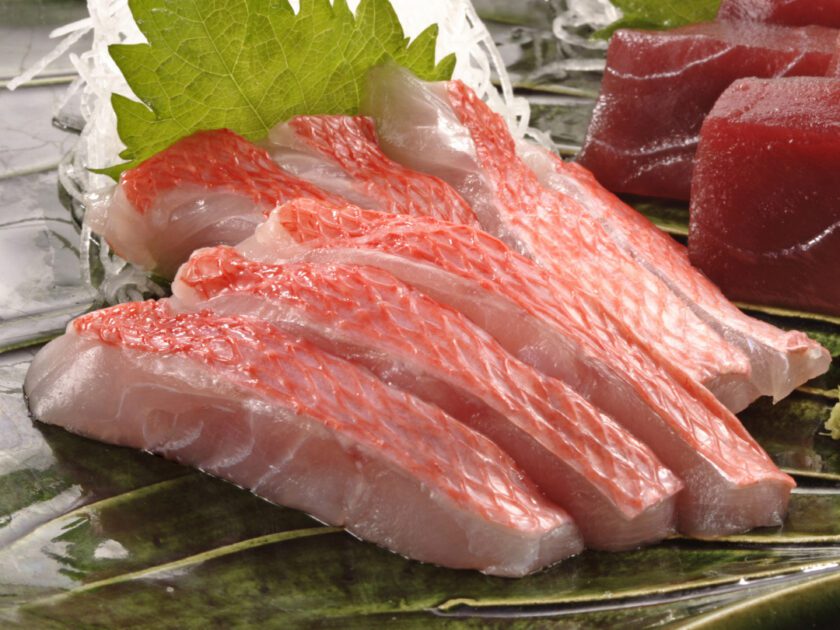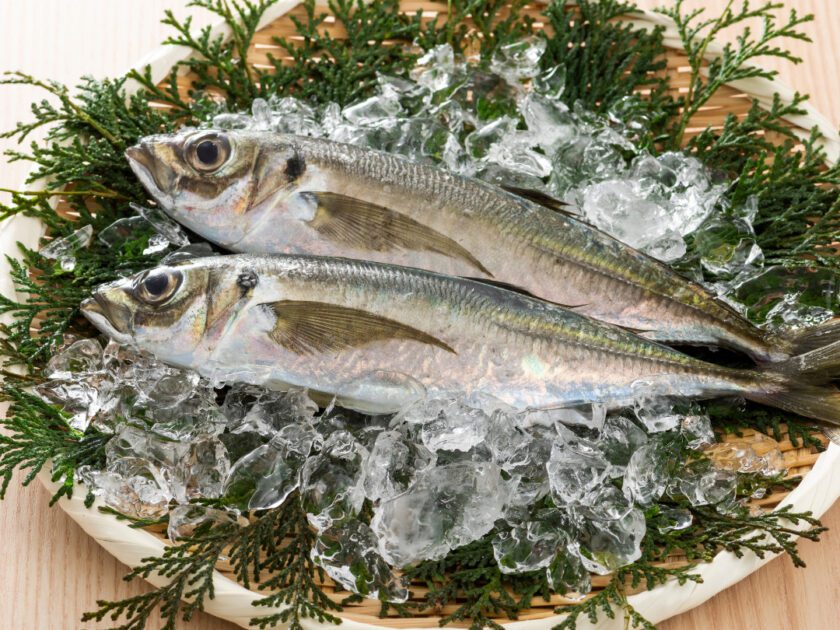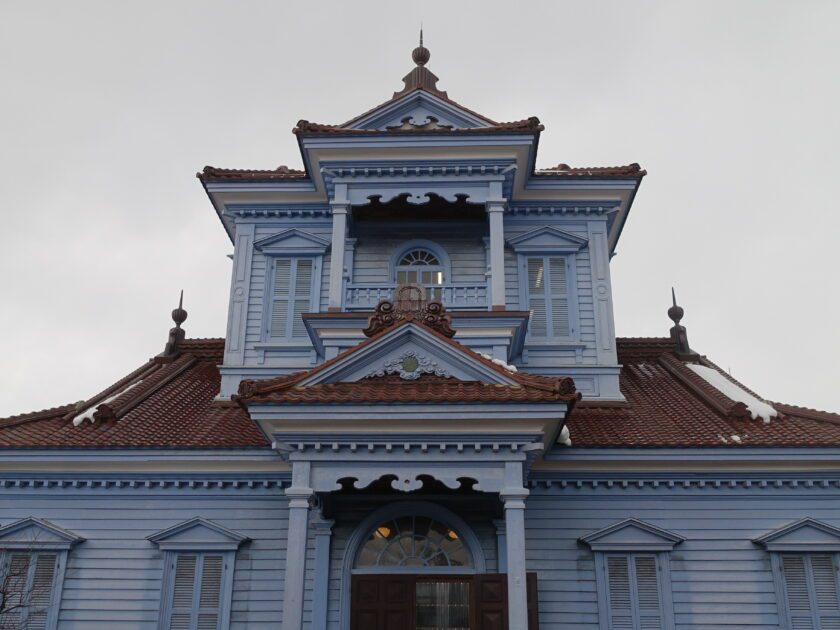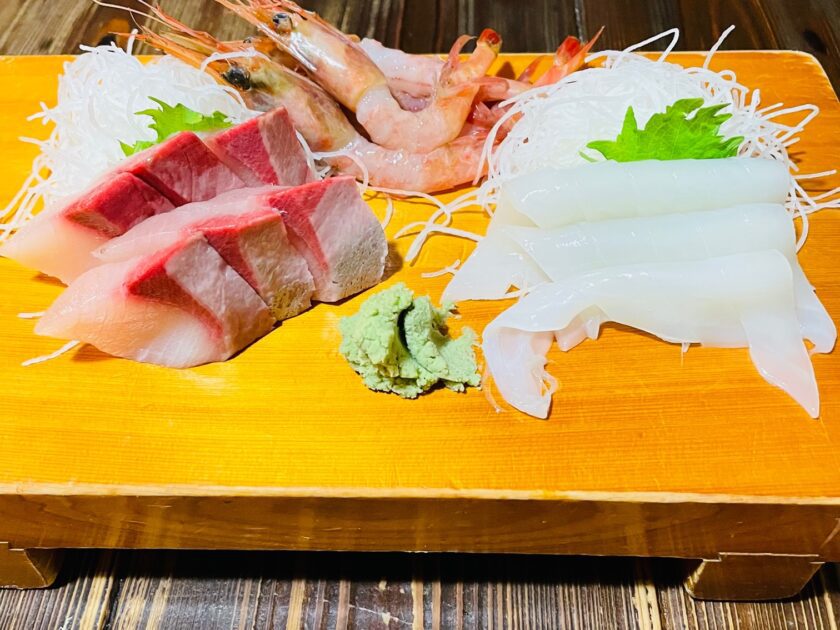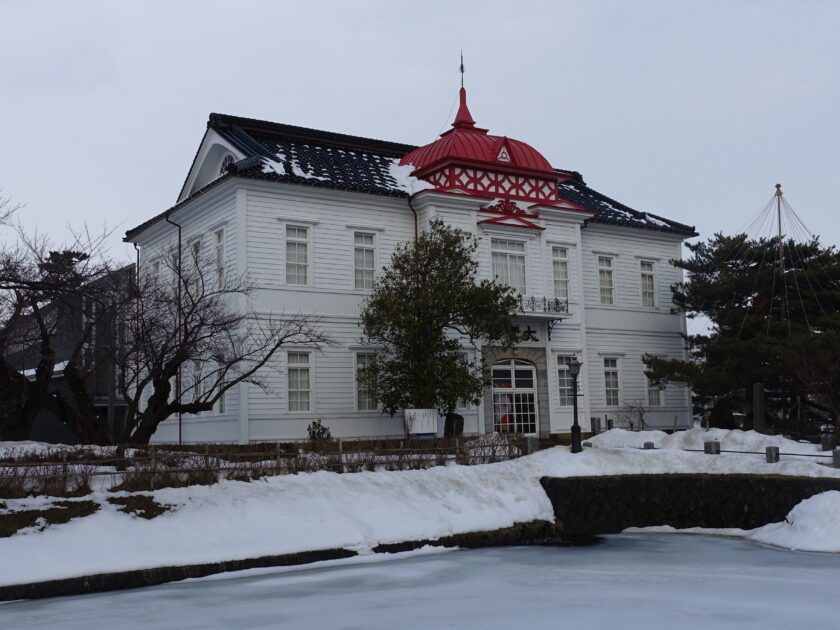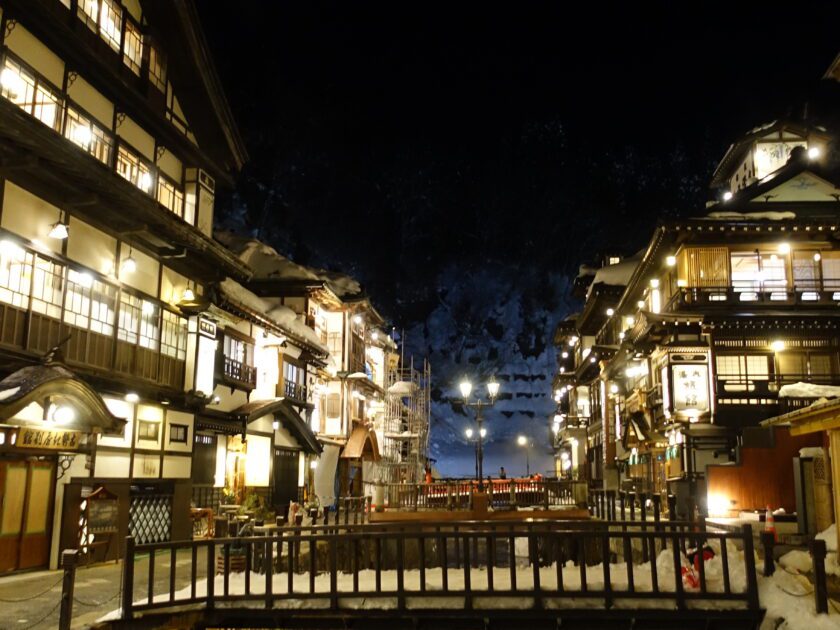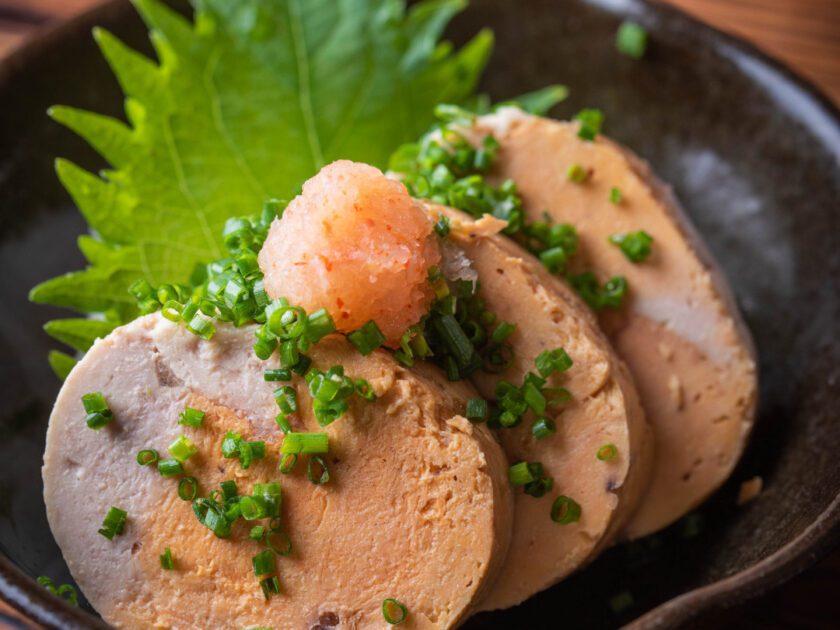Seafood in season in Mar (No.2)
Seafood in season in Mar (No.2) Table of contents 1. 5th place Aomori prefecture (5 types) 2. 5th place Ibaraki prefecture (5 types) 3. 5th place Chiba prefecture (5 types) 1. 5th place Aomori prefecture (5 types) Aomori Prefecture (5 types of fish and shellfish) was ranked 5th in the prefectures with the highest catches and types of fish and shellfish that are in season in March. Aomori Prefecture has been in the top 5 for 4 consecutive months since December. In Aomori Prefecture, the following five types of fish and shellfish are in season in March. Fish Japanese icefish, trout, pond smelt Shellfish scallop Other seafood spear squid “PRIDE FISH” Japan Fisheries Cooperatives has selected “Aomori Hokki-gai (Sakhalin surf clam)” (season: January-March) as the winter “PRIDE FISH” in Aomori Prefecture. As I wrote last time, I went to Misawa in December 2021 and ate “Misawa Hokki Don”. “PRIDE FISH” is said to be in season from January to March, but Misawa City’s “Hokki Don” can be eaten from December 1st to March 31st. 2. 5th place Ibaraki prefecture (5 types) Ibaraki Prefecture (5 types of fish and shellfish) was ranked 5th in the prefectures with the

